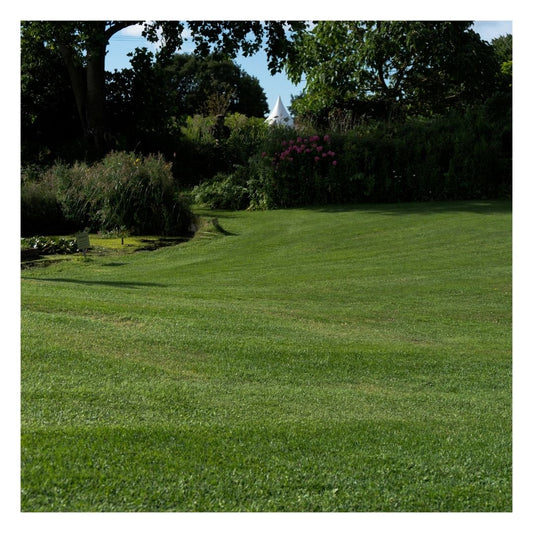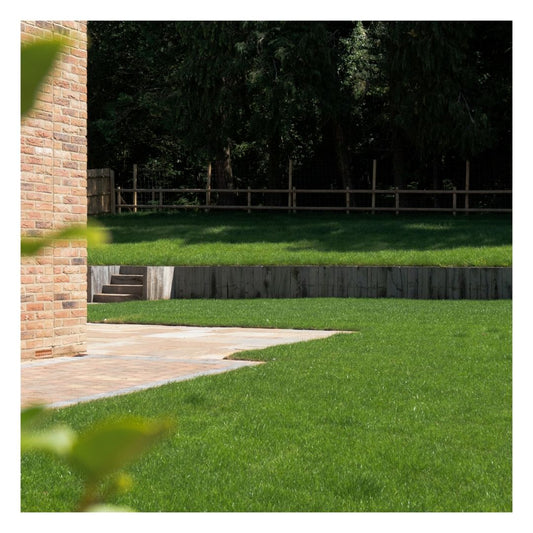When is the Best Time to Lay Turf in the UK?
The best time of year to lay turf depends entirely on where you live – different countries have different seasons with different temperatures and rainfall. However, wherever in the world you live, the same basic rules will still apply.
Here, in the UK, the best time of year to lay turf is either early-spring or mid-autumn.
What are the Best Conditions for Laying Your Turf?
Mild Temperatures
It’s best to lay turf when it’s not too hot, not too cold and certainly not during a frost. The temperature should be warm enough to encourage the roots to grow and establish themselves but cool enough so that the turf doesn’t dry out and die before the roots become fully established.
Avoid laying turf during frosty conditions as the harsh temperatures will likely kill the roots before they get a chance to establish. This would be less than ideal as all your hard work, time and money will be wasted and you’ll have to start all over again.
Moist Soil
Early-spring and mid-autumn are great times of year to lay turf as the frequent rainfall means you won’t have to water the turf yourself – saving time and money. Light showers are ideal, but torrential rain is not ideal as the potential for water-logged roots could be detrimental to the turf’s success.
Low Traffic
Although newly laid turf can be walked on sooner than a seeded lawn, choosing to lay the turf at a time of year when the garden receives significantly less traffic will improve the turf’s chance of establishing itself successfully.
Choosing the Right Turf
Make sure you find the right turf for your project. Some turf is better suited to certain conditions. For more information on choosing the right turf read our blog. Read More About Choosing Your Turf
Preparation is Key
It’s as important to prepare the ground ready for the new turf as it is to lay the turf at the right time of year. The right topsoil should be used in preparation, for more information on topsoil read our blog, Everything You Need To Know About Buying Topsoil. The soil should be as weed free as possible – it may take several weeks to ensure that all the weeds are gone. The ground should be firmly trodden down, providing a sturdy base for the lawn. However, it needs to be raked over before laying the turf to ensure that the roots can penetrate the ground easily.
Lawn Aftercare
Whenever you choose to lay you turf, appropriate aftercare should always be taken. Follow the steps below for the perfect lawn:- Water your new lawn as soon as it’s laid to help it settle. You should also water your lawn daily if there is not adequate rainfall to do this for you.
- Keep off the grass for as long as possible.
- Avoid mowing for as long as possible, but when you do cut it, set your lawnmower blades to the highest setting to avoid unnecessary stress to the grass.
- Once established, use a fertiliser to feed your new lawn.
- Rake up grass cuttings and fallen leaves regularly.
Shop Eco Turf
-
Eco Turf: Medallion Premium
Regular price From £238.50 GBPRegular priceUnit price per -
Eco Turf: Hallstone
Regular price From £208.50 GBPRegular priceUnit price per -
Eco Organic Compost: Lawn Dressing
Regular price £130.95 GBPRegular priceUnit price per -
 Sold out
Sold outEco Turf & Lawn Seeding Soil
Regular price £126.95 GBPRegular priceUnit price per













